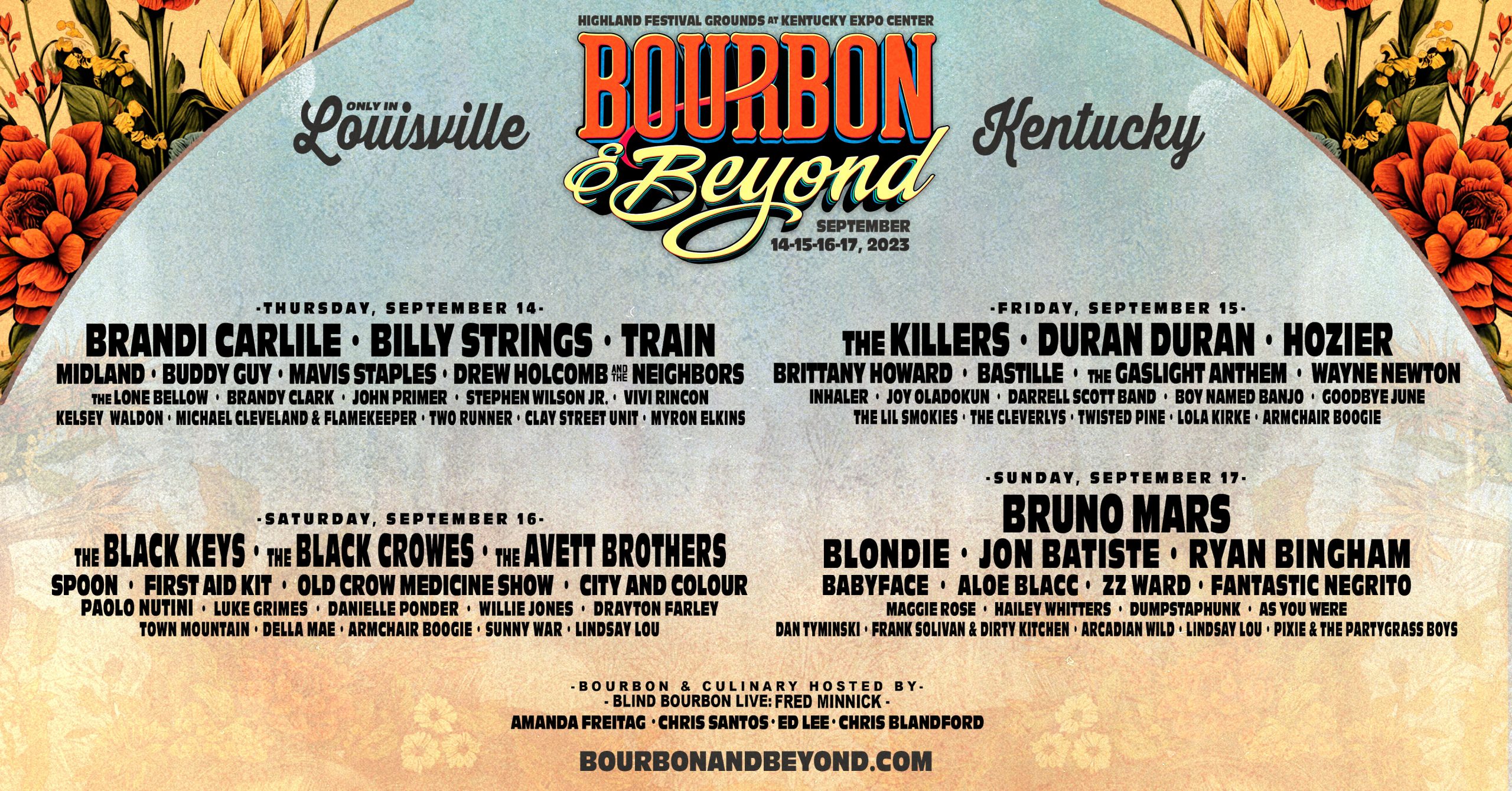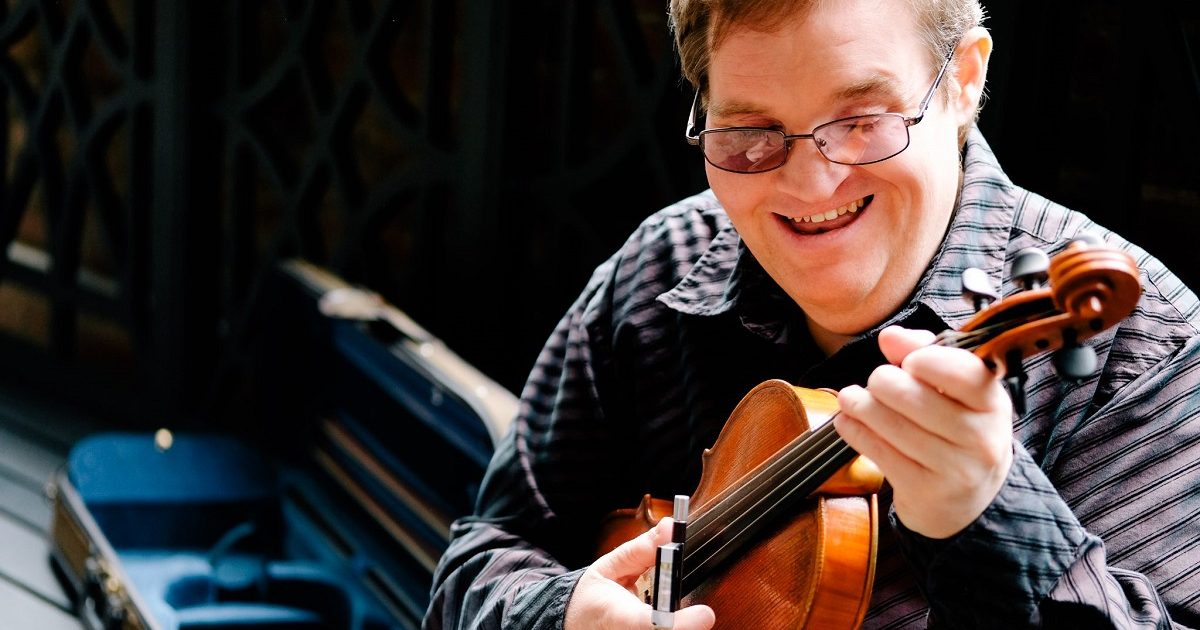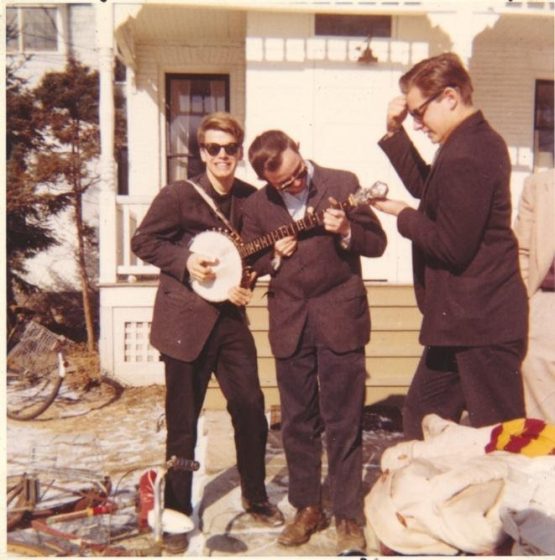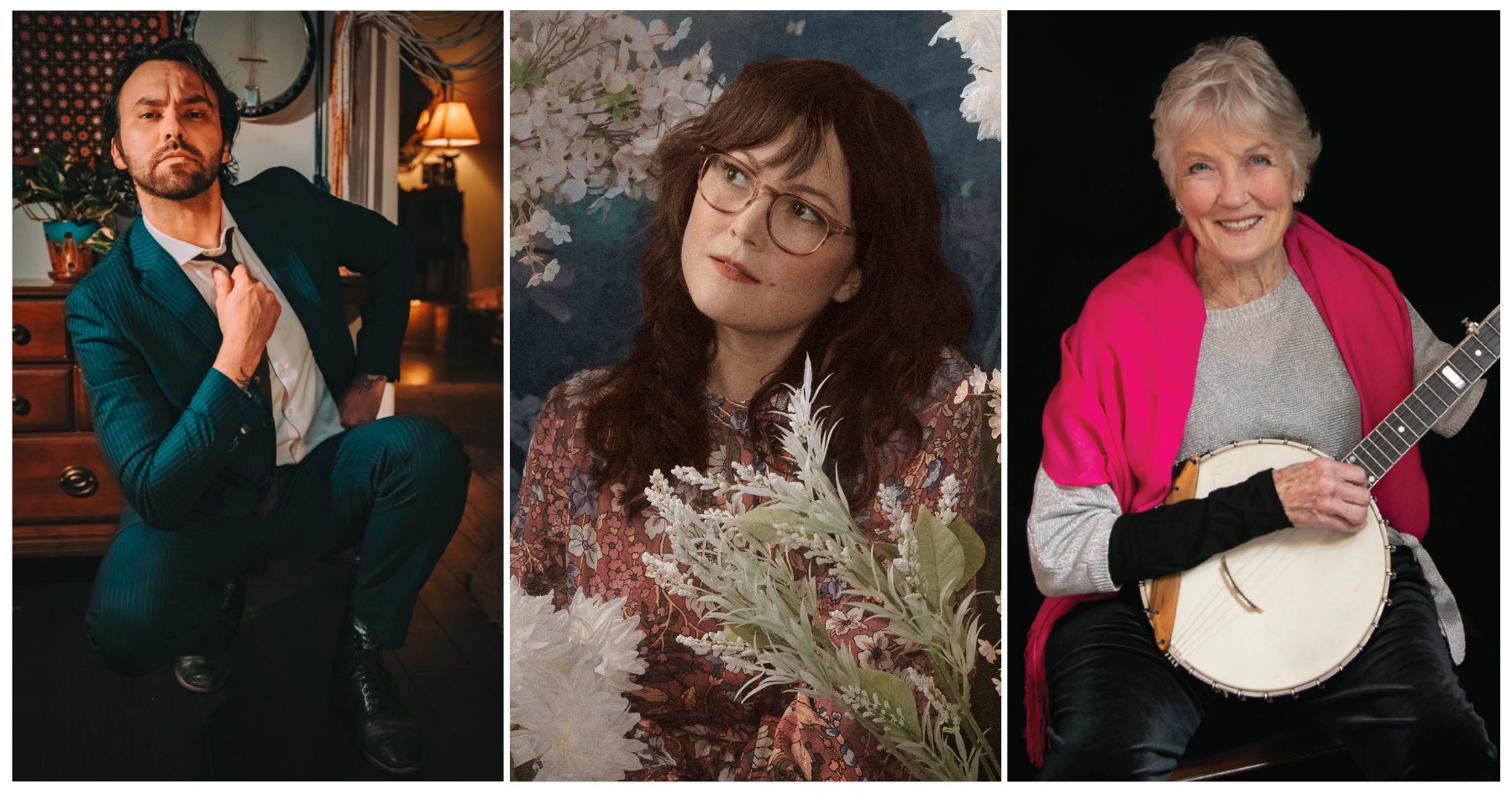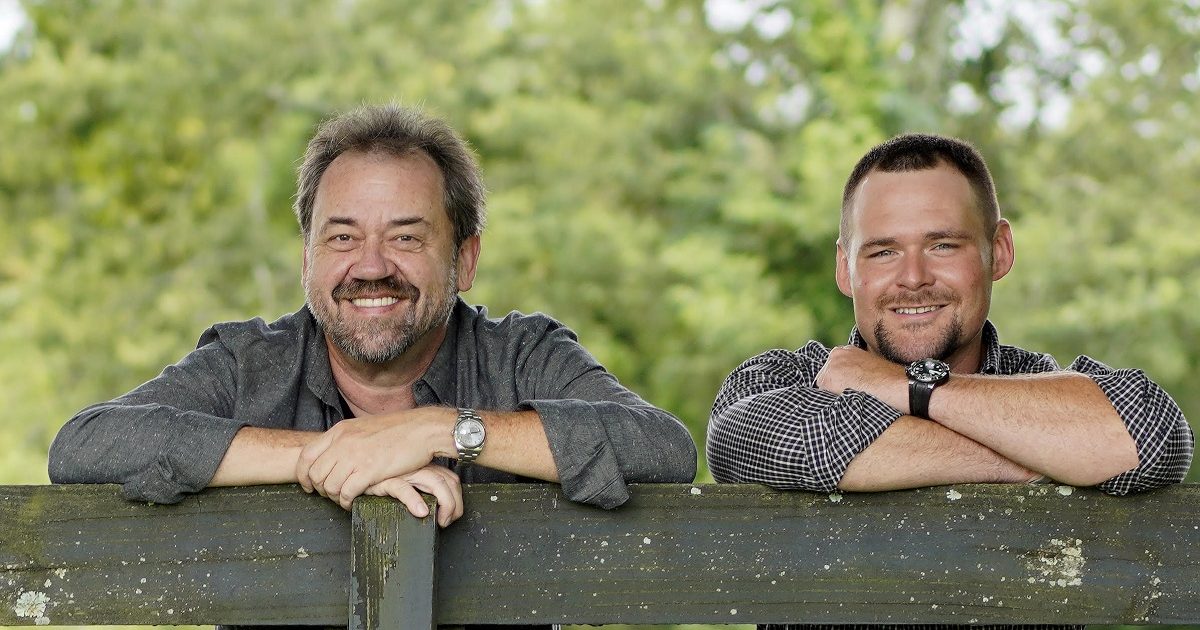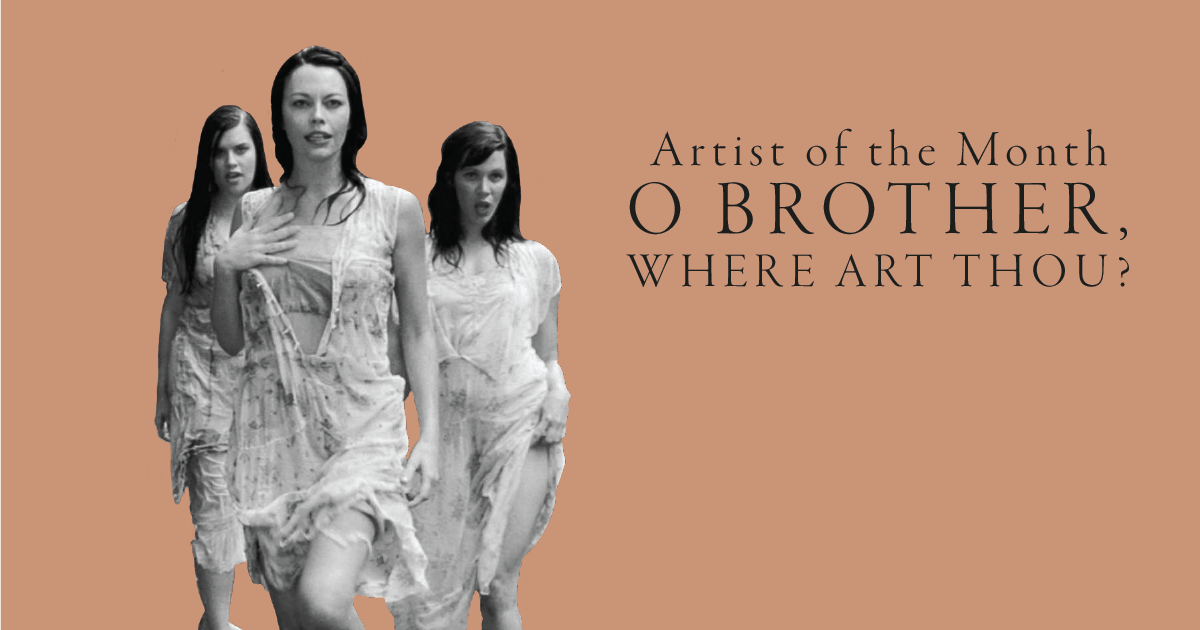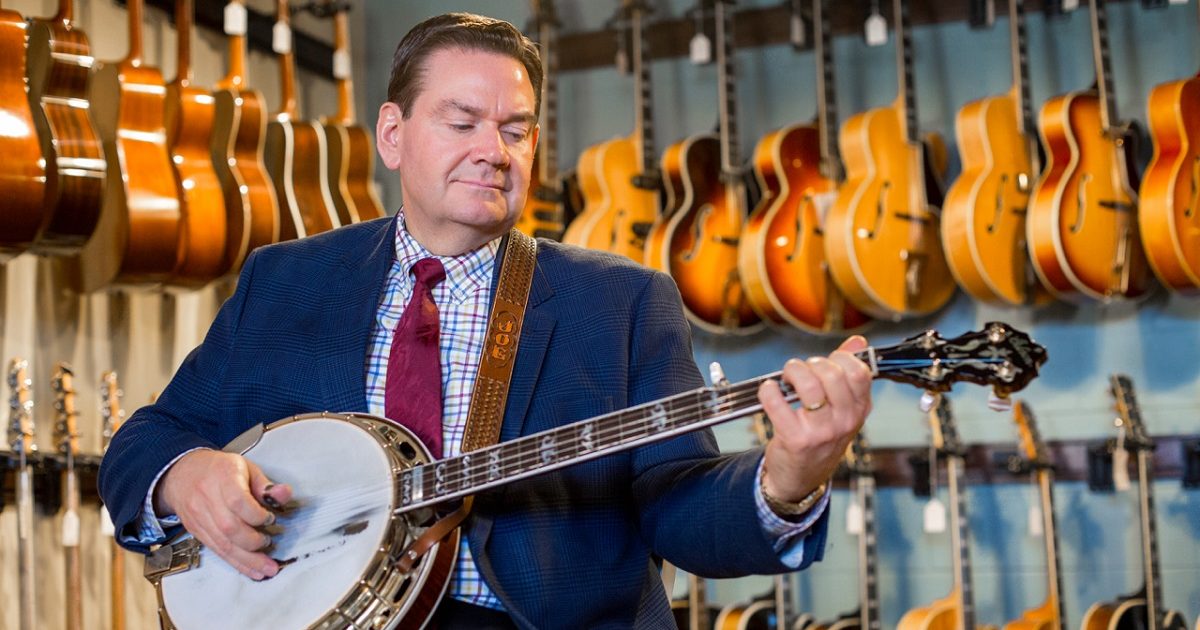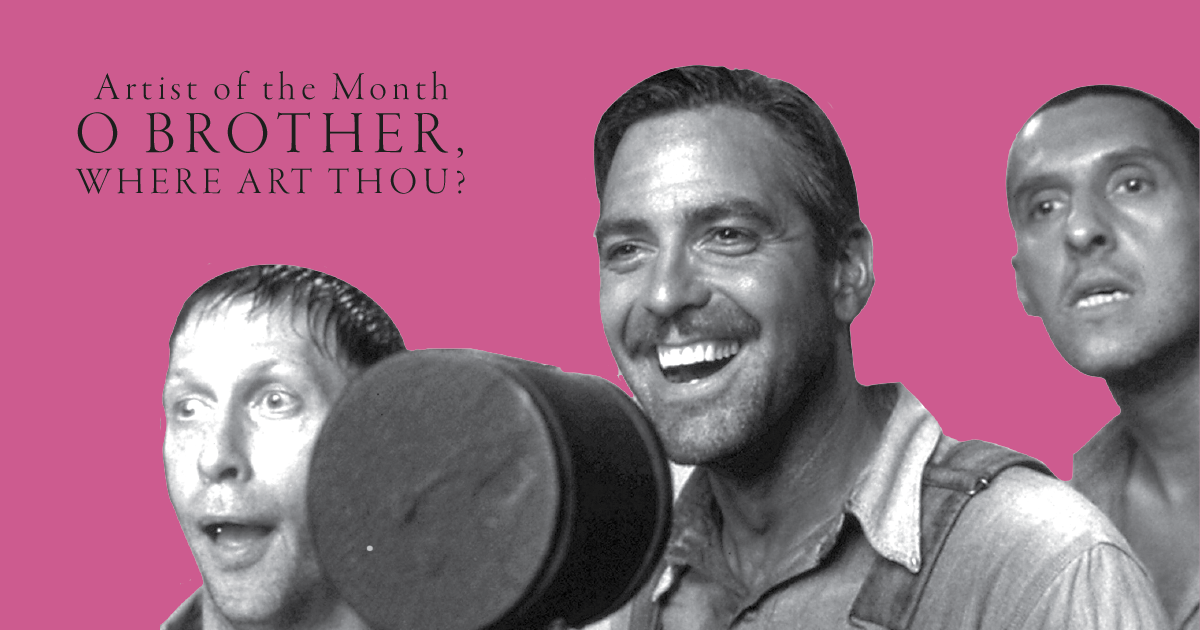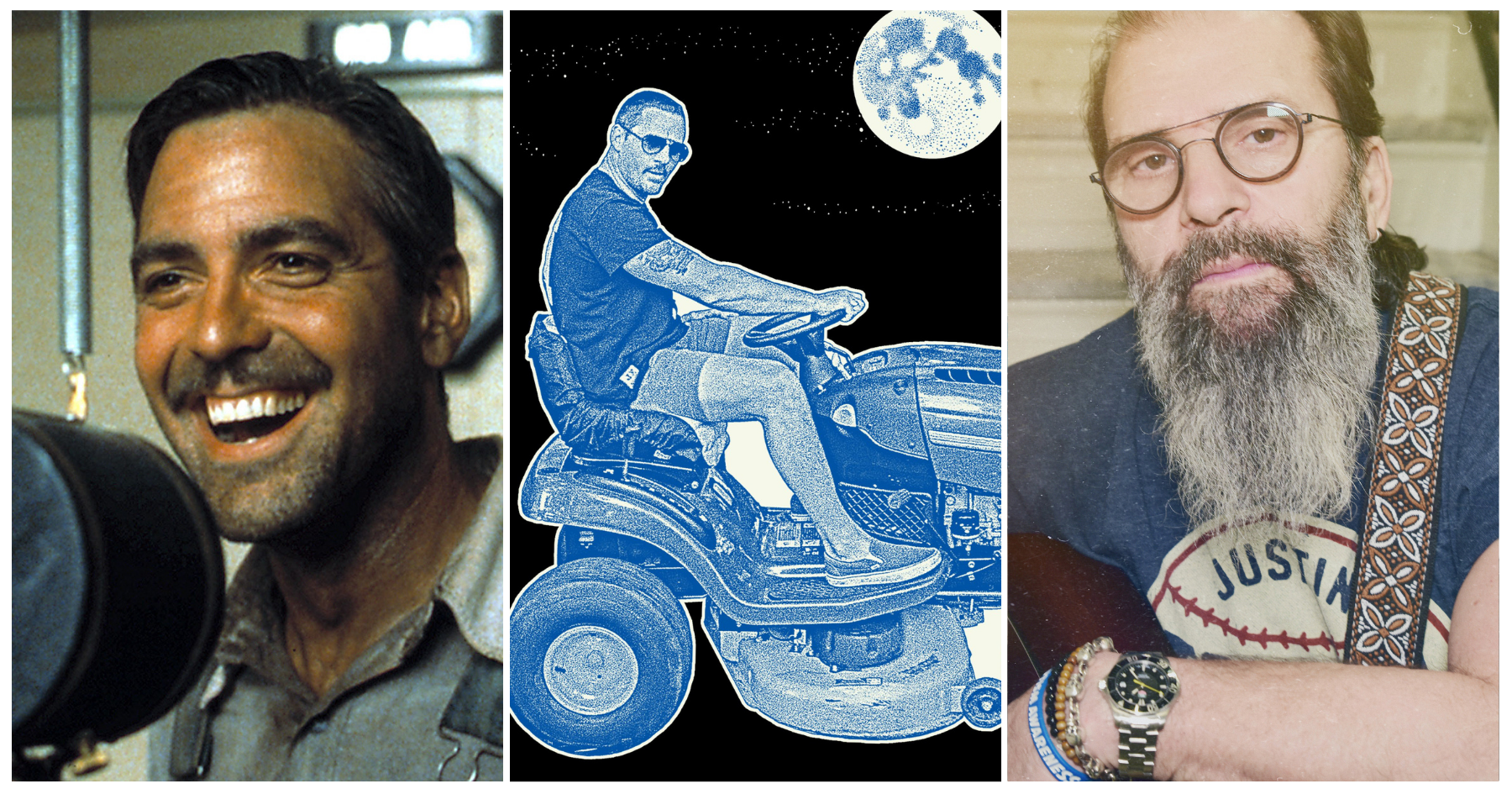Not unlike the rest of the acoustic music community, Dan Tyminski is still grieving the loss of bluegrass guitarist Tony Rice, yet he laughs as he recalls the memory of following his hero around like a documentarian. “Oh, I stuck video cameras in his face and said, ‘Man, just do this for me for a second!” Tyminski recalls with a smile. “I remember having a camcorder, and it was just the opportunity. You know, you can’t pass something like that up.”
Bluegrass has long paid tribute to the masters, which obviously and importantly carries the tradition forward. Beyond that, there are just songs in the bluegrass canon that are beloved among generations — such as Rice’s timeless interpretations of Norman Blake’s “Church Street Blues.” His graceful touch on landmark acoustic albums are too numerous to mention. In the spirit of collaboration, Tyminski gathered his friends and fellow admirers for One More Time Before You Go, an EP that reflects an admiration for Rice without simply replicating those classic records. Instead, it’s a well-curated look into Rice’s life and career, and perhaps a gateway for a new generation to discover the guitarist’s artistic genius, too.
Tyminski called BGS from the recording studio to speak about One More Time Before You Go.
BGS: “Church Street Blues” is a fitting way to start this EP. Was that the song that got you turned on to Tony?
Tyminski: It’s one of the first songs I remember trying to pick apart and study how he did it. When I saw him do it for the first time, for sure, I realized his right-hand technique is almost uncopy-able. And then I obsessed on it for a little while. It was the best way I could pay tribute to him. He made my brain work really hard for that one.
Do you remember what kind of reaction you had when you first heard him play?
I can remember the first solo. A friend of mine called me over to a little horse stall where we were camping out at a bluegrass festival in upstate New York. And he played me Bluegrass Album Band, Vol. 1, “Blue Ridge Cabin Home,” and the first guitar solo — I had never heard a guitar solo done in such a way. At that point in time, man, that was unheard of. And it just parted my hair. It was amazing, and that was when I first realized how much I loved the guitar. Even over the banjo, because I was a banjo geek up until that point.
Tony’s ability as a guitarist is obviously well-known, and he had that gift for finding and recording great material. But I wanted to ask you about his sense of rhythm. How crucial is that, do you think, to the Tony Rice sound?
I don’t even know if it can be stressed high enough. That is ultimately what pulls me in to all of his music. It’s his sense of rhythm and timing. He has the most interesting right hand on an acoustic guitar that I have ever heard. No one else is able to pull off the techniques that he used to play that stuff. Each note that came out was highly dependent on the note before it, so if any one note were off, the whole thing derailed. When he was at his peak, he did stuff simply no one else could do.
In the song you wrote about Tony, “One More Time Before You Go,” there’s a lyric where you reference his life and legacy. I’m curious, to you, what is the legacy?
To me, it changed the world of guitar. It changed how it was played and how it was looked at. I don’t think there are any new musicians in bluegrass right now who don’t have an element of Tony Rice’s playing in them.
When you finished writing that song, who did you play it for first?
Like all things, I played it for my wife first. (laughs) She is always supportive and kind. And then, you know, I didn’t really play it for anyone for a little while because I didn’t write it as something that I necessarily wanted to publicize. I wrote the song truly as a way to self-heal. I was in mourning and I called someone else who I knew was in mourning as well – Josh Williams. He spent some of the last years touring with Tony. He came over to the house, and through our own stories and talking about it, we came up with this song. At the time I wrote the song, I didn’t really have this EP in mind. This song was kind of the birth of wanting to get enough material to make it sensible to put that song out.
I appreciate the fact that this EP isn’t overly reverent or stiff. There’s a liveliness to it that you don’t always get on a tribute record. Did you go into these sessions with a certain sound in mind, or a vibe you wanted to capture?
I wanted to capture the essence of who I thought the players were. Sam Bush and Jerry Douglas and Todd Phillips — there were critical moments in all that stuff they recorded with Tony that kinda made them sound like who they were. We didn’t grind out and try to make the most perfect recording we could. We played full passes through and I wanted to capture the essence of what each individual sounded like to me.
Was there a combination of sadness and happiness at that moment?
Bittersweet doesn’t even cover it. I was thrilled and excited to have some of my heroes here in my little studio at home, and at the same time, there’s no way not to consider the reason why everyone is there is because we all miss the man.
You have a natural voice for “Ten Degrees and Getting Colder.” Why is that song special to you?
The era that it came from. It was on that record that got me into bluegrass music in the first place. When I heard the 0044 record [J.D. Crowe & The New South from 1975] with Tony and Jerry and Ricky and Bobby Slone, that record set a mark for me for the rest of my bluegrass career, for sure. That was one of the highlight songs for me. The kickoff on that is probably one of the best guitar kickoffs of all time and I wanted to take my crack at it.
To sing it, did you get inside of that character in the song?
In the case of this, I really did. I really tried to make sure that I listened to the song and had the feel of what he was trying to [convey]. A few things surprised me, going back. I really did try to pay homage and do it in very close tempos and give it due consideration that way. That one’s almost faster that I thought it was! I’ve played it for years by myself but I’ve never played it against the record. And son of a gun, when it came down to recording it, I realized, that was right up there! It made my right hand work a little bit.
I think of that as a road song, and hearing you sing it reminded me of seeing Tony on tour with Alison Krauss & Union Station back in 2007.
That was a dream come true when we got to do that with Tony. That was the most time we got to spend and actually talk to him about personal stuff, and how records came to be, and how solos came to be. That’s a dream come true, to get to have your hero out on the road with you.
Did he accept the role of hero? Or did he deflect from the attention?
“Deflect” might not be the word that I’d choose, but you can’t not be aware that everyone is looking at your every move. So, he handled it with grace, and he was always willing to share. He was just a kind man.
I watched an interview where you said that Tony decided to drive to all the tour dates, rather than get on the bus.
He would not fly and he would not get on that bus. We insisted, in fact, that he take a driver with him. You know, a co-pilot. So, if he was going to drive, he would have someone else, because all of our drives were through the night to the next city. It turns out those were just Tony’s hours. He had a co-pilot but that other man never touched the wheel. Tony drove everywhere. That was his style.
There’s also a line in “One More Time Before You Go” about him being a mystery untold.
He was. Because in a quiet room, he wasn’t boisterous or loud – you didn’t get a lot out of Tony. But what you got was gold. He was really confident in the things that he did say. I think he was aware that he had that kind of power over a room, but he never abused it. He was just the man who could do that one particular thing better than everyone else.
I liked hearing “Where the Soul of a Man Never Dies” with Billy Strings on there.
And I’ve got to credit Billy with the pick, because there were a lot of duet songs you could choose from. That was one of the first songs that came back from Billy and it took about a flat second to say that’s the perfect one. Because with Billy, I wanted him to play guitar, and it gave me a chance to play a little bit of mandolin. That was just a totally live cut. We sat there and jammed for a little while, and took track #3 of #4 or whatever it was. It was so much fun and his right hand is so unique and great. You can hear Tony and Doc – you can hear a lot of people – in Billy’s playing.
Have you known him a long time?
No, I hadn’t known him a long time at all. I met him once before and we got together for the session. We’ve since booked stuff together. Hopefully I’ll spend a little more time with him. He’s an interesting guy and a great player.
Isn’t that something how bluegrass can bring people together and you feel a chemistry right away?
Well, for me, it’s always been a community. When I was little, growing up, what attracted me more than anything was the ability to go to bluegrass festivals and meet new people and instantly pick together and play together and eat together. There was a sense of community that you could just feel. That’s big in bluegrass.
If you could introduce Tony to a new bluegrass listener, where would you start?
That’s a good question because there’s a lot of different eras of Tony. I think different eras of Tony’s career appeal to different appetites of music. It would depend a lot on the person. It would depend on the situation. He has a lot of landmark music. You could pick almost anything he did and say, “That’s going to be someone’s favorite music.”
For me personally, as I get more and more into him, I can go back and listen to the earliest stuff I can find of his where you can hear the evolution of Tony Rice. How he went from his early Clarence White-style to who he ultimately became. His whole career fascinated me, mostly in the right hand, and how he went after his solos and his rhythm playing. Outside of his solos, I can tune into his rhythm playing and not even have to wait on a solo. I’m satisfied with just his rhythm. He was a monster.
For those listeners who already love Tony’s work, what do you hope they’ll take away from this project?
Just a love for the instrument and how much influence he had on other people who are doing it now. There are a bunch of young people out there who are not just carrying the torch, they’re stoking the fire and making it bigger. Tony’s a big part of what has made these young people want to do that.
Photo Credit: Scott Simontacchi
